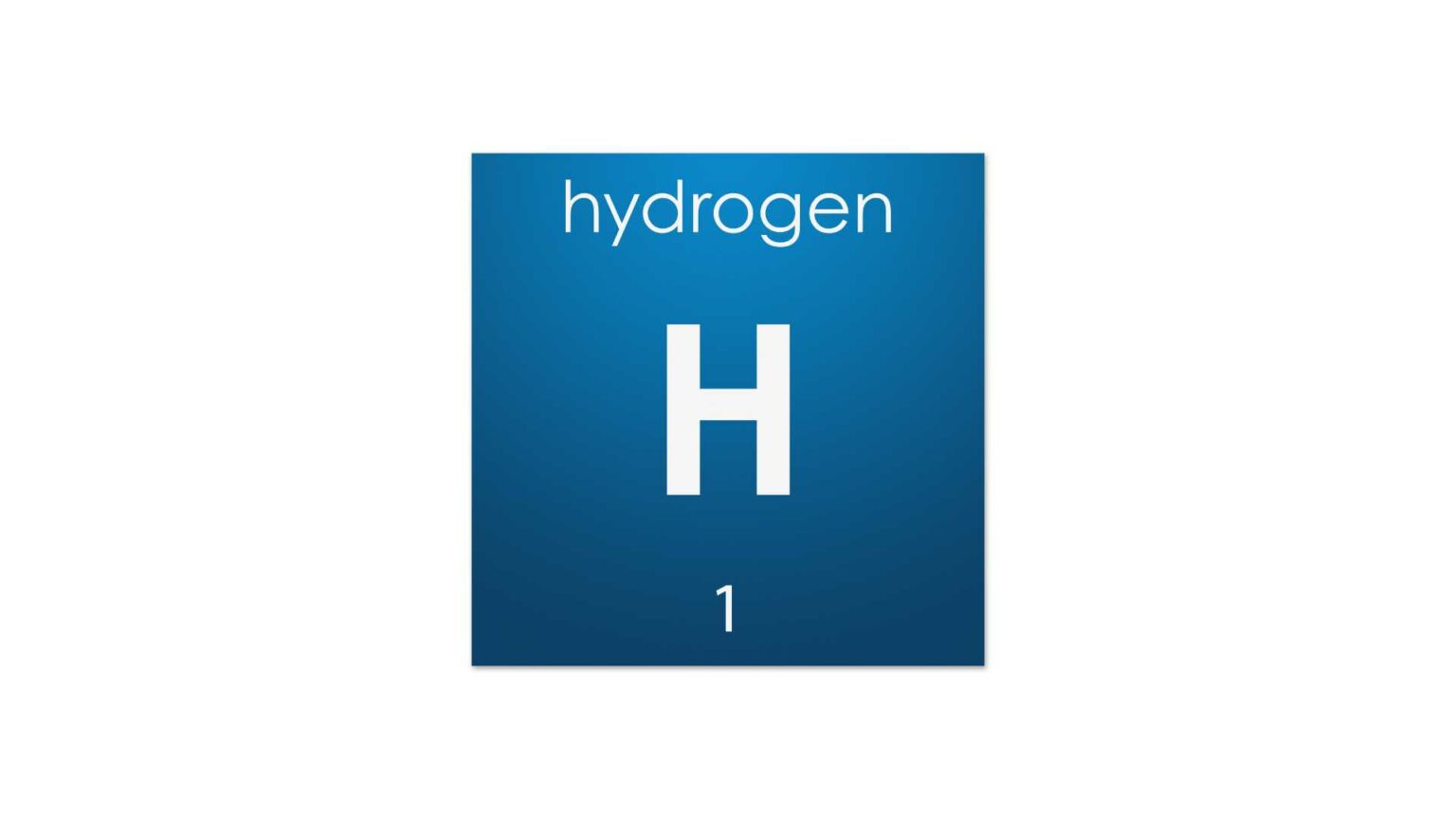Vietnam has embarked on a journey towards sustainable energy, aiming to manufacture between 100,000 and 500,000 metric tonnes of hydrogen annually by 2030, a target unveiled in the nation’s recently adopted hydrogen development strategy.
This endeavor is part of a broader vision to pivot towards cleaner energy sources, with expectations to elevate production to an impressive 10 to 20 million tonnes by the year 2050, emphasizing the inclusion of green hydrogen, a form of hydrogen production powered by renewable energy through electrolysis.
This strategic initiative aims to propel Vietnam towards its environmental and sustainability goals, specifically targeting climate change mitigation, green growth, and achieving a net-zero emissions status by 2050. Green hydrogen, recognized for its minimal environmental impact, is a key element in reducing the carbon footprint of industries still reliant on fossil fuels despite the current financial and technological hurdles.
The strategy outlines a phased integration of hydrogen into the national energy grid, where it will begin to displace conventional energy sources like natural gas and coal in power plants by the end of this decade. Moreover, hydrogen is set to play a crucial role in various sectors, including transportation and the production of fertilizers, steel, and cement, indicating a shift towards more sustainable industrial processes.
By the mid-21st century, hydrogen is projected to contribute to 10% of Vietnam’s electricity production, marking a significant step towards cleaner energy consumption. The funding strategy for this ambitious project involves a combination of public and private investments, leveraging green bond sales and the Just Energy Transition Partnership (JETP). This partnership, which collaborates with G7 countries, multilateral banks, and private financiers, offers a mix of equity investments, grants, and concessional loans, showcasing a global commitment to Vietnam’s green energy transition.
